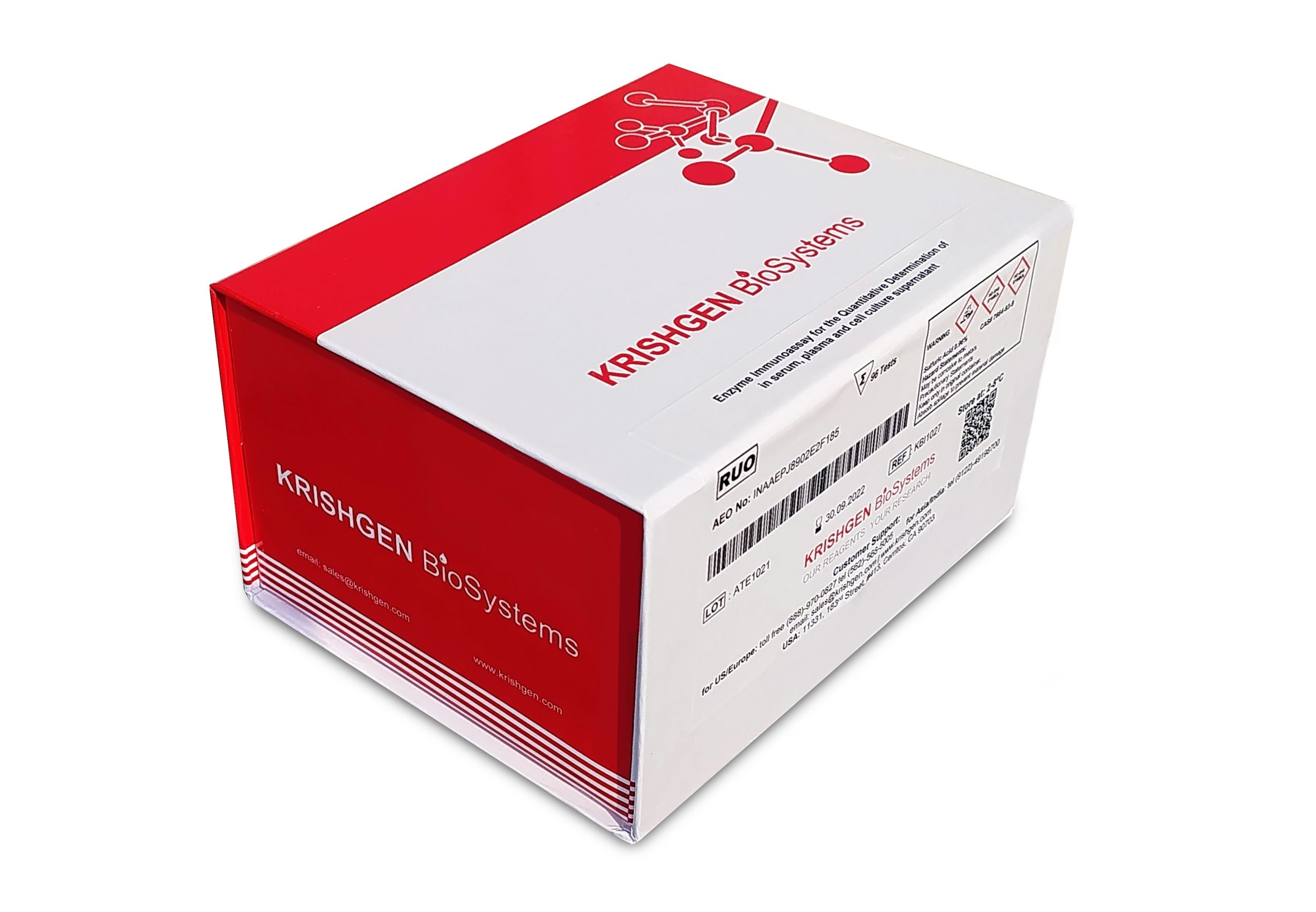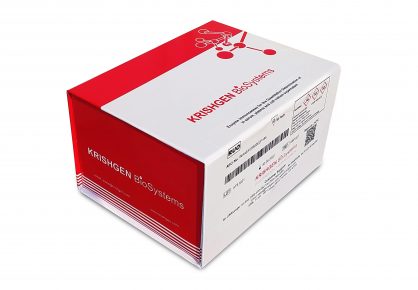Octreotide ELISA Assay Kit
The Octreotide ELISA Assay KitAssay Kit is For Research Use Only
Size: 96 wells
Standard Range: .01 – 100 ng/ml
Incubation Time: minimum 1 hours 30 minutes
Sample Type: Serum, Plasma and Cell Culture Supernatant
Sample Size: 50 µL
Assay Principle
The Octreotide ELISA is a competitive immunoassay for the determination of Octreotide. The antiserum is captured by antibodies coated on a 96-well plate. A constant concentration of Biotin Concentrate and varying concentrations of unlabeled standard or sample compete for binding specifically to the antiserum. Captured Bt-tracer is subsequently bound by SA-HRP (streptavidin-conjugated horseradish peroxidase), which produces a soluble colored product after a substrate is added. The enzyme reaction is stopped by dispensing an acidic solution (H2SO4) into the wells after 10 min at room temperature turning the solution from blue to yellow. The optical density (OD) of the solution at 450 nm is inversely proportional to the amount of specific Octreotide bound. The Octreotide ELISA is a competitive immunoassay for the determination of Octreotide. The antiserum is captured by antibodies coated on a 96-well plate. A constant concentration of Biotin Concentrate and varying concentrations of unlabeled standard or sample compete for binding specifically to the antiserum. Captured Bt-tracer is subsequently bound by SA-HRP (streptavidin-conjugated horseradish peroxidase), which produces a soluble colored product after a substrate is added. The enzyme reaction is stopped by dispensing an acidic solution (H2SO4) into the wells after 10 min at room temperature turning the solution from blue to yellow. The optical density (OD) of the solution at 450 nm is inversely proportional to the amount of specific Octreotide bound.
Sample Preparation and Storage
Specimens should be clear and non-hemolyzed. Samples should be run at a number of dilutions to ensure accurate quantitation.
Serum: Use a serum separator tube and allow clotting for 30 minutes, then centrifuge for 10 minutes at 1000 x g. Remove serum layer and assay immediately or store serum samples at -20°C. Avoid repeated freeze/thaw cycles.
Dilute the serum 1:50 in Sample Diluent. For example: add 5 ul of serum sample to 245 ul of 1X Sample Diluent. If not assayed immediately, diluted samples should be stored at -20°C or below.


